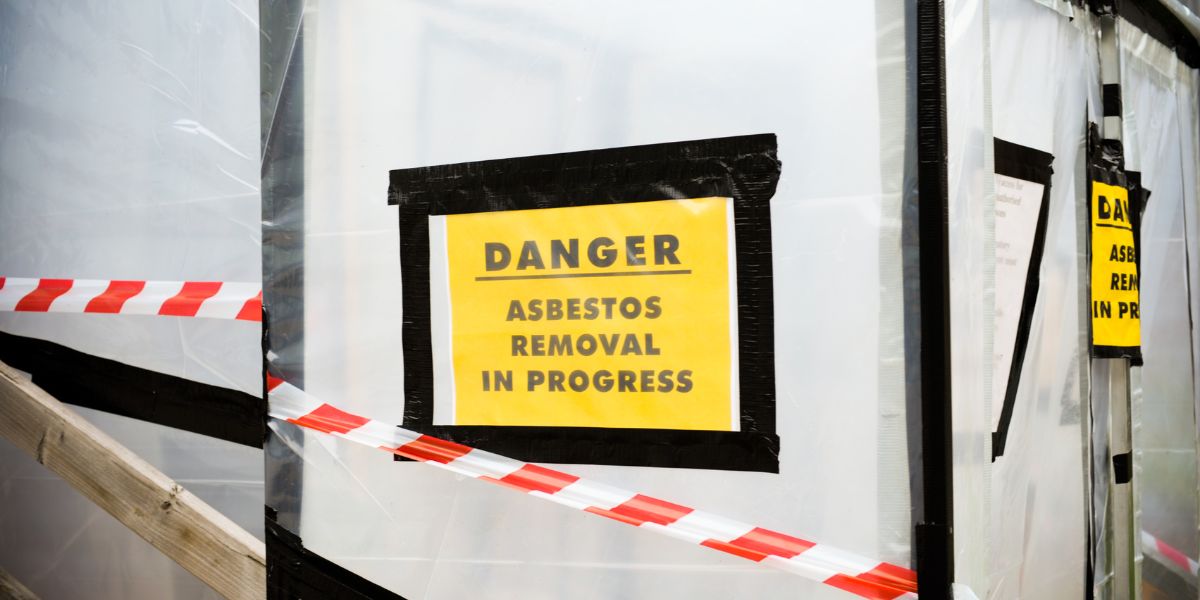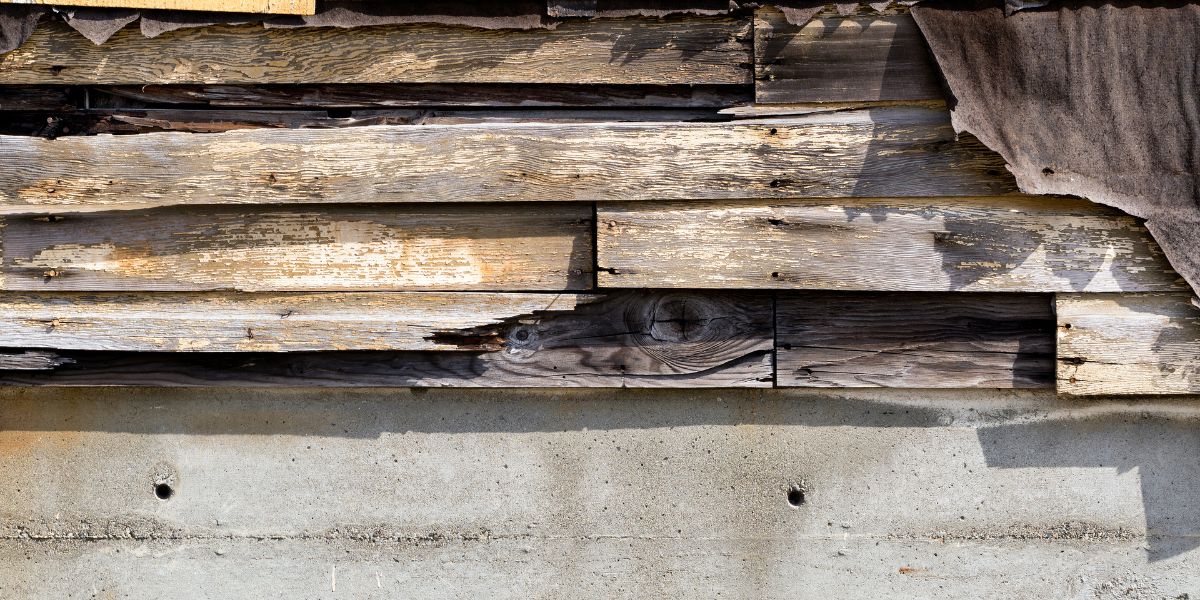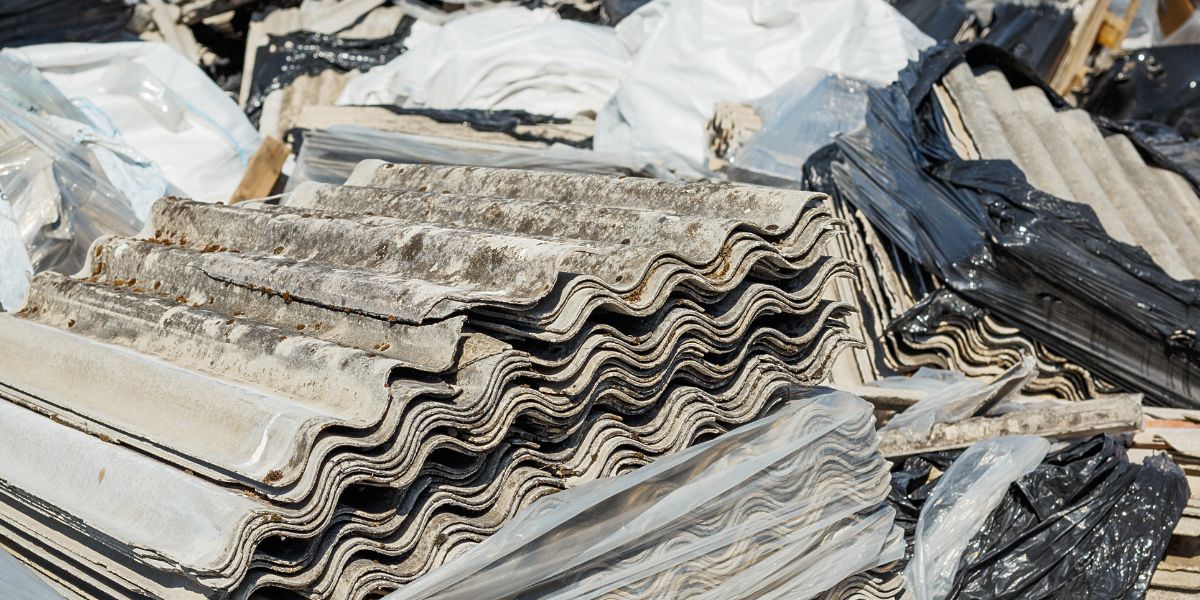Leaky pipes and plumbing issues are common causes of water damage, and they can occur in both residential and commercial properties. Pipes can become damaged or corroded due to a variety of factors. Always contact a water damage restoration company if you have any questions related to water damage, mold removal and problems that result from leaky pipes.
Age of Pipes and plumbing fixtures can wear out over time, increasing the risk of leaks
As pipes and plumbing fixtures age, they can become more prone to wear and tear, which can lead to leaks and water damage. This is particularly true of older pipes and fixtures made of materials that are prone to corrosion or deterioration, such as galvanized steel or cast iron.
Over time, these pipes and fixtures can become corroded, brittle, or otherwise damaged, increasing the risk of leaks. In addition, older pipes may not be able to handle the water pressure and flow required by modern plumbing systems, which can also contribute to leaks and damage.
To prevent leaks and water damage due to aging pipes and plumbing fixtures, it’s important to regularly maintain and update these systems. This can involve replacing old or damaged pipes and fixtures, and performing regular inspections to identify potential issues. Seeking the assistance of a professional plumber can help ensure that pipes and plumbing are in good working order and prevent leaks and water damage.
Some materials, such as copper and galvanized steel, are more prone to corrosion and leaks than others
The materials used in pipes and plumbing fixtures can affect their durability and resistance to corrosion, and some materials are more prone to corrosion than others. For example, copper and galvanized steel are both commonly used in plumbing systems, but they have different properties when it comes to corrosion resistance.
Copper is a popular choice for plumbing due to its durability and resistance to corrosion. However, copper pipes can still develop leaks over time due to corrosion caused by water chemistry and other factors.
Galvanized steel is a type of steel that has been coated with a layer of zinc to protect it from corrosion. While galvanized steel is more resistant to corrosion than bare steel, it is still prone to corrosion over time, particularly in the presence of certain water conditions.
Hard water, which has a high mineral content, can corrode pipes and cause them to leak
Hard water is water that has a high mineral content, particularly calcium and magnesium. While hard water is not harmful to drink, it can have negative effects on pipes and plumbing fixtures.
One of the main ways that hard water can cause problems is by corroding pipes and causing them to leak. The minerals in hard water can build up inside pipes, leading to corrosion and eventually causing the pipes to become damaged or to develop leaks.
In addition to causing leaks, hard water can also cause other problems in plumbing systems, such as clogged pipes, reduced water flow, and shortened appliance lifespan. It can also leave deposits on fixtures and appliances, such as bathtubs and washing machines, which can be difficult to remove.
Pipes can expand and contract due to temperature changes, which can cause them to become damaged or to develop leaks
Temperature changes can cause pipes to expand and contract, which can lead to water damage. When the temperature drops, pipes can contract, which can cause them to become brittle and prone to cracking or breaking. When the temperature rises, pipes can expand, which can cause them to become damaged or to develop leaks.
There are several factors that can contribute to the expansion and contraction of pipes, including the type of pipe material, the size of the pipe, and the temperature range in the area. For example, pipes made of materials that are more prone to expansion and contraction, such as plastic or copper, may be more likely to develop leaks due to temperature changes.
To prevent leaks and water damage due to temperature changes, it’s important to take steps to protect pipes and plumbing fixtures. This can involve insulating pipes to reduce the risk of freezing, or taking other measures to protect pipes from extreme temperature fluctuations. Regular maintenance and inspections of pipes and plumbing fixtures can also help prevent temperature-related damage and leaks.
Pipes can be damaged by roots, construction, or other physical forces, leading to leaks
Pipes can be damaged by a variety of physical forces, including roots, construction, and other types of physical damage. These types of damage can cause pipes to become damaged or to develop leaks, leading to water damage in a home or business.
For example, tree roots can grow into pipes and cause them to become blocked or damaged, leading to leaks and water damage. Similarly, construction activities, such as digging or grading, can damage pipes and cause them to leak. Pipes can also be damaged by other physical forces, such as accidents or natural disasters.
To prevent leaks and water damage due to physical damage, it’s important to take steps to protect pipes and plumbing fixtures. This can involve avoiding activities that may damage pipes, such as digging or planting trees near pipes, and being mindful of potential hazards. Regular maintenance and inspections of pipes and plumbing fixtures can also help prevent physical damage and leaks.
Preventing leaks and water damage to your property
To prevent leaks and water damage, it’s important to regularly maintain pipes and plumbing fixtures, and to address any issues as soon as they are detected. This can involve replacing old or damaged pipes, cleaning and repairing plumbing fixtures, and performing regular inspections to identify potential issues. Seeking the assistance of a professional plumber or water damage restoration company can help ensure that pipes and plumbing are in good working order and prevent leaks and water damage.


















